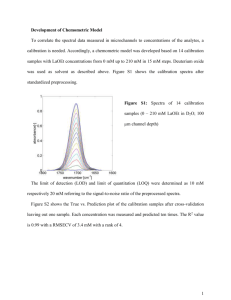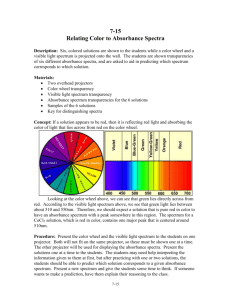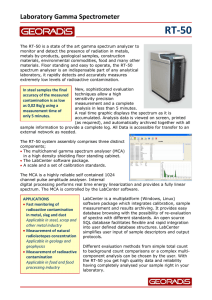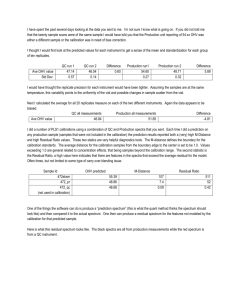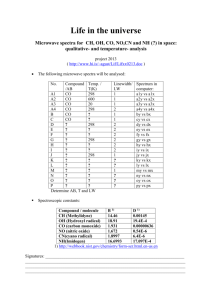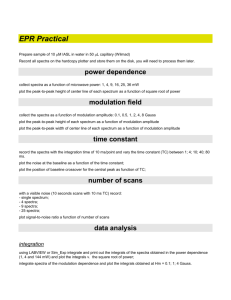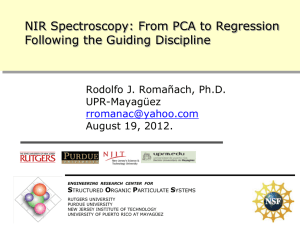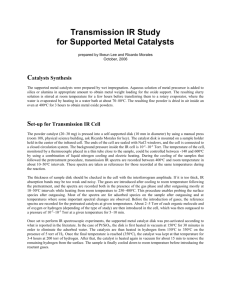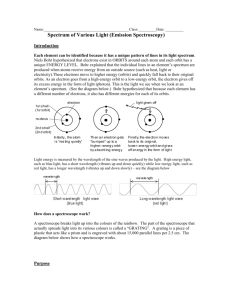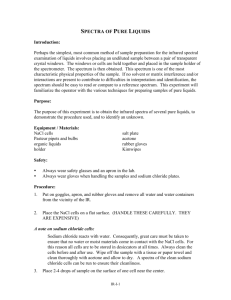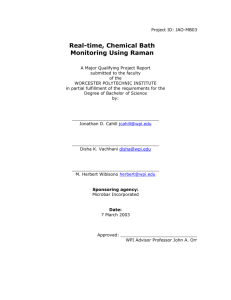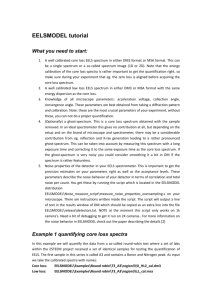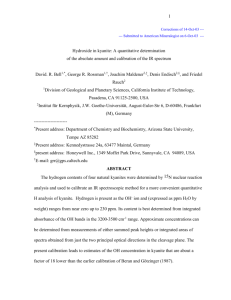Linear Algebra, Principal Component Analysis and their
advertisement
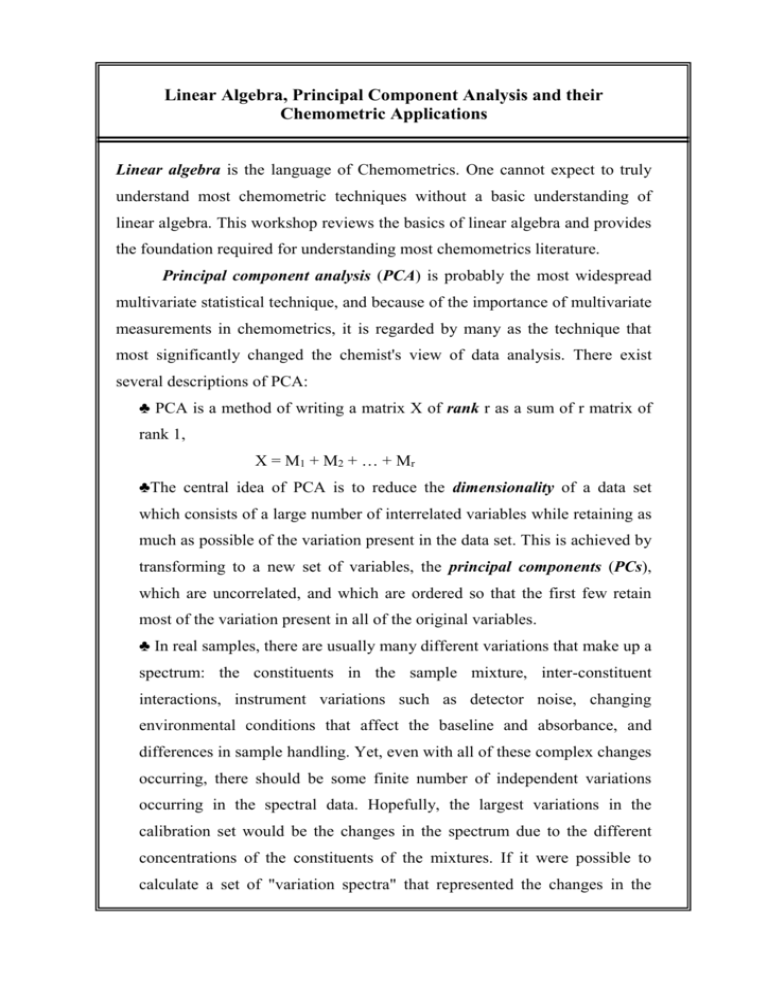
Linear Algebra, Principal Component Analysis and their Chemometric Applications Linear algebra is the language of Chemometrics. One cannot expect to truly understand most chemometric techniques without a basic understanding of linear algebra. This workshop reviews the basics of linear algebra and provides the foundation required for understanding most chemometrics literature. Principal component analysis (PCA) is probably the most widespread multivariate statistical technique, and because of the importance of multivariate measurements in chemometrics, it is regarded by many as the technique that most significantly changed the chemist's view of data analysis. There exist several descriptions of PCA: ♣ PCA is a method of writing a matrix X of rank r as a sum of r matrix of rank 1, X = M1 + M 2 + … + M r ♣The central idea of PCA is to reduce the dimensionality of a data set which consists of a large number of interrelated variables while retaining as much as possible of the variation present in the data set. This is achieved by transforming to a new set of variables, the principal components (PCs), which are uncorrelated, and which are ordered so that the first few retain most of the variation present in all of the original variables. ♣ In real samples, there are usually many different variations that make up a spectrum: the constituents in the sample mixture, inter-constituent interactions, instrument variations such as detector noise, changing environmental conditions that affect the baseline and absorbance, and differences in sample handling. Yet, even with all of these complex changes occurring, there should be some finite number of independent variations occurring in the spectral data. Hopefully, the largest variations in the calibration set would be the changes in the spectrum due to the different concentrations of the constituents of the mixtures. If it were possible to calculate a set of "variation spectra" that represented the changes in the absorbances at all the wavelengths in the spectra, then this data could be used instead of the raw spectral data for building the calibration model. There should be fewer common variations than the number of calibration spectra (in most cases), and thus, the number of calculations for the calibration equations will be reduced as well. Presumably, the "variation spectra" could be used to reconstruct the spectrum of a sample by multiplying each one by a different constant scaling factor and adding the results together until the new spectrum closely matches the unknown spectrum. Obviously, each spectrum in the calibration set would have a different set of scaling constants for each variation since the concentrations of the constituents are all different. Therefore, the fraction of each "spectrum" that must be added to reconstruct the unknown data should be related to the concentration of the constituents. The "variation spectra" are often called eigenvectors (spectral loadings, loading vectors, principal components or factors), for the methods used to calculate them. The scaling constants used to reconstruct the spectra are generally known as scores. This method of breaking down a set spectroscopic data into its most basic variations is called Principal Components Analysis (PCA). Since the calculated eigenvectors came from the original calibration data, they must somehow relate to the concentrations of the constituents that make up the samples. The same loading vectors can be used to predict "unknown" samples; thus, the only difference between the spectra of samples with different constituent concentrations is the fraction of each loading vector added (scores). The calculated scores are unique to each separate principal component and training spectrum, and can be used in place of absorbances in either of the classical model equations (Classical Least Squares or Inverse Least Squares). Since the representation of the mixture spectrum is reduced from many wavelengths to a few scores, it seems best to use the inverse least squares (ILS) expression of Beer’s law for calculating concentrations due to its ability to calculate concentrations among interfering species. Note, however, that the calculations maintain the classical least squares (CLS) averaging effect by using a large number of wavelengths in the spectrum (up to the entire spectrum) for calculating the eigenvectors. So, in effect, eigenvector models combine the best features of both the CLS and ILS methods together in the same calculation. This is the main reason why eigenvector models are generally better than classical models in both accuracy and robustness. In this workshop, the concept of PCA and its practical applications will be discussed by computer simulated models.


